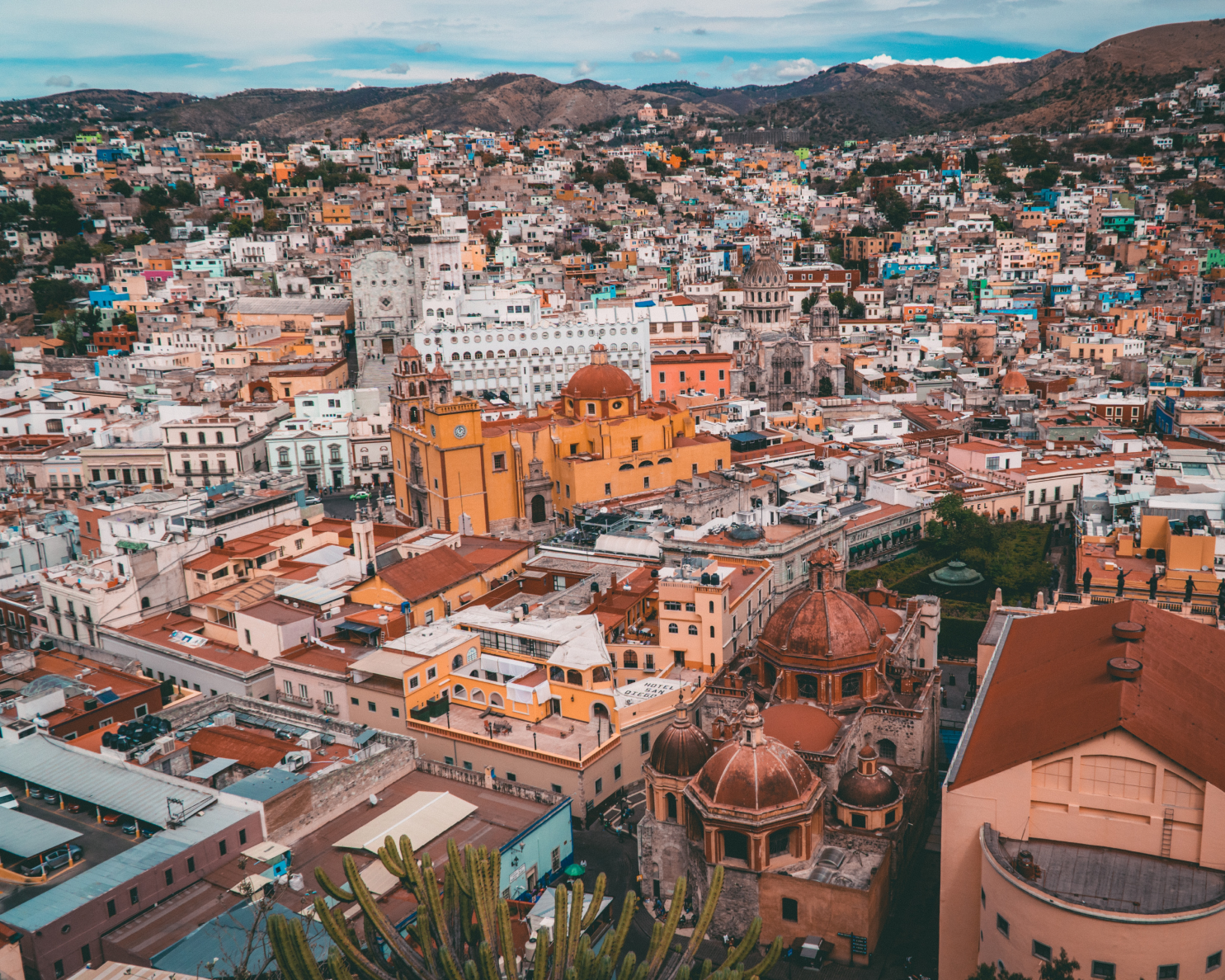Description
Dam Nai Wind is located in the “renewable energy capital” of Vietnam - the Ninh Thuan province in the southern part of the country. The wind farm owned by Scatec, a Norwegian developer, was constructed in two phases. Phase I started operations in October 2017 (7.9 MW) and Phase II in December 2018 (31.5 MW). Expected annual revenues are USD 10.5Munder the 20 year Feed In Tariff scheme for wind in Vietnam and are expected to result in avoided CO2 emissions of 10,650 tons per year. The wind farm is financed by non-recourse debt from the Bank for Investment and Development of Vietnam (BIDV). A Power Purchase Agreement (PPA) refers to a long-term electricity supply agreement between two parties, usually between a power producer and a customer (an electricity consumer or trader). The PPA defines the conditions of the agreement, such as the amount of electricity to be supplied, negotiated prices, accounting, and penalties for non-compliance. Since it is a bilateral agreement, a PPA can take many forms and is usually tailored to the specific application. Electricity can be supplied physically or on a balancing sheet. In Vietnam, renewable energy generators and Electricity Vietnam (EVN), the sole offtaker, must negotiate and conclude their power purchase agreements (PPAs) on the basis of the standard agreement forms provided by law. Vietnam's Ministry of Industry and Trade (MOIT) has issued standard agreement forms for small hydro, industry, biomass, solid waste and solar power projects.
Location
Vietnam
Region
East Asia and Pacific
Instrument
Power purchase agreements (PPA) for clean energy
Instrument category
Public-private partnerships (PPP)
Secondary instruments
Competitive finance or concessional loan
Project size (range)
USD 20-50M
Project size (details)
Approximately USD 40M
Implementer
Scatec / The Blue Circle
Year of financial closure
2017
Client
Electricity Vietnam (EVN) - the national utility
Primary financer
Bank for Investment and Development of Vietnam (BIDV).
Other co-financers
Armstrong SEA Clean Energy
Other contributors
Scatec, a Norwegian developer; The Blue Circle; TSV Investments; Astris Finance.
Other transaction participants
Ministry of Industry and Trade (MOIT) and other ministries for the relevant permits.
Barriers addressed
Agreed Feed-in Tariffs (FiT) overcame market price risks: FiTs differentiated by the type of renewable energy (solar PV, wind off-and on-shore, solar rooftop) provided a long term pricing contract to the project financiers, thereby reducing market price risks.
Government incentives help to reduce tax costs: The Government of Vietnam also provides incentives relating to: i) Import duties, exemption for: goods imported to form fixed assets and project materials, components, and semi-finished products that cannot be domestically manufactured; ii) Corporate income tax, exemption for the first four years and 50% reduction for the following nine years; Preferred tax rate of 10% for the first 15 years; and Accelerated depreciation and increased expenses as deductibles for calculation of taxable income; and iii) Land lease fees, the PPA model provides an exemption ranging from 14 years to the entire project life depending on the project location.
Financing structure
The wind farm is owned by Scatec, a Norwegian developer. The Project was developed by Singapore-headquartered The Blue Circle in association with local partner TSV Investments. Astris Finance acted as exclusive financial advisor to the project company and its sponsors. Financing is required for all phases of the project development process: Pre-investment, investment and enterprise registration, signing of relevant agreements, land lease, construction, and operation. Vietnam has low (or no) experience with renewable energy project finance, so most investments have occurred through corporate balance sheets. In this project, the Bank for Investment and Development of Vietnam (BIDV) has provided the majority of the financing through non-recourse debt. Several other investors also provided equity financing. The seventeen-year funding to an amount in VND equivalent to approximately USD 45M was signed in June 2018 and received its first disbursement in July 2018. Its main purpose was to refinance a portion of the Phase 1 costs and to finance the construction of Phase 2. The project is the first-ever long-term project finance package arranged for a non-hydro renewable project in Vietnam with no direct recourse against the sponsors and no credit enhancement solution, making it a landmark case.
Suitability for cities in low-and-middle income countries (detail)
Somewhat. PPAs are implemented in various sectors worldwide, including in LMICs. To effectively implement PPAs, the following are enablers, among others: 1. Strong and certain regulatory and policy environment to ensure permitting is available and clear to developers and investors; 2. Legal and contractual expertise within the public and private sector to negotiate PPA terms; 3. Project finance expertise and skills to enable funding of larger infrastructure projects; and 4. Creditworthiness of off-taker. Otherwise, other de-risking mechanisms will be required.
Weblinks
https://www.astrisfinance.com/news/dannai
Allens Linklaters. (2020) Renewables in Vietnam.
References
[1] The Blue Circle. (n.d). Dam Nai Wind Project - Vietnam
